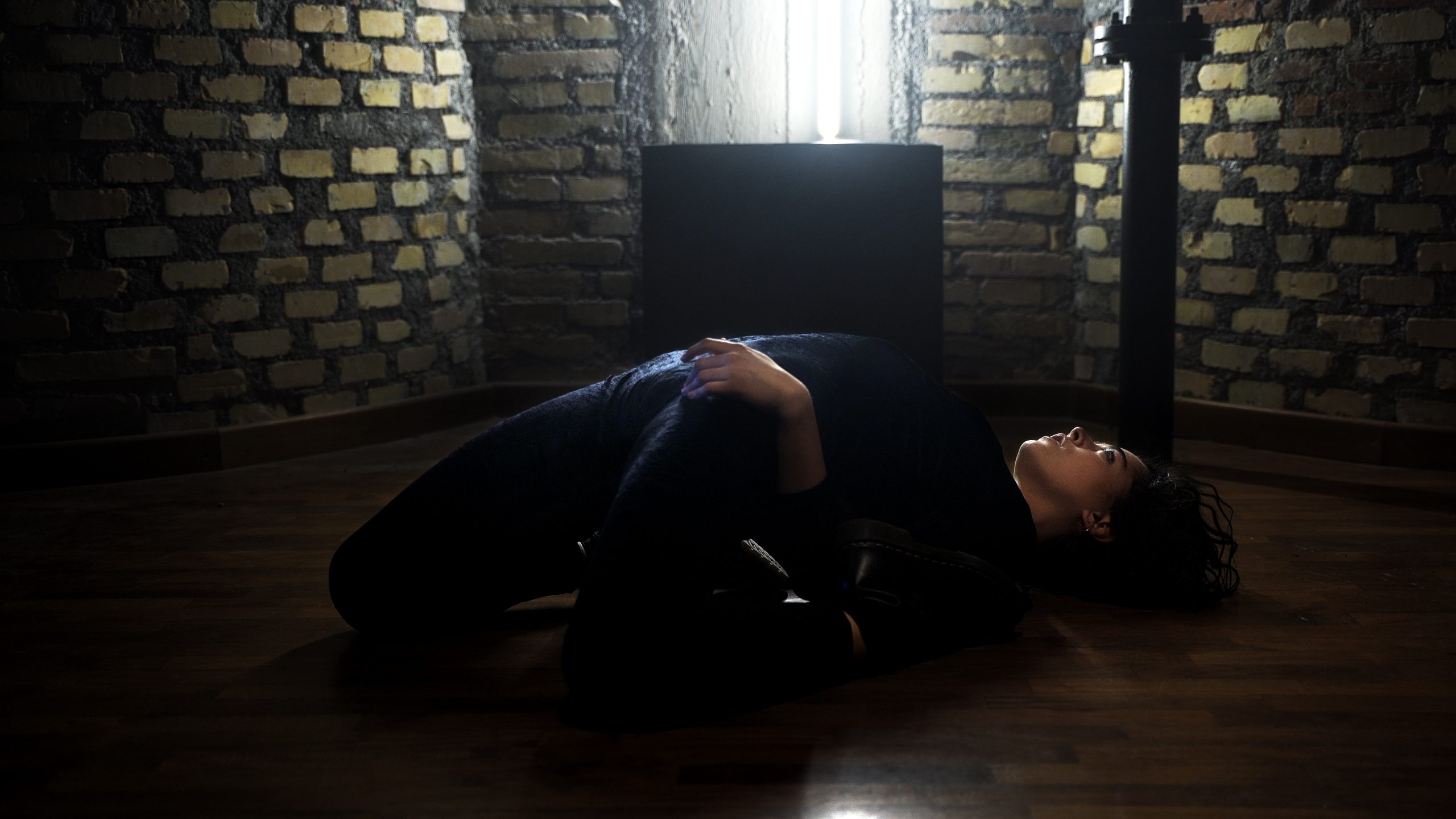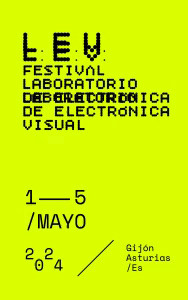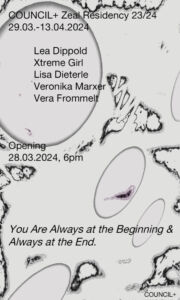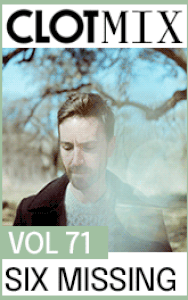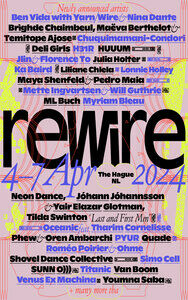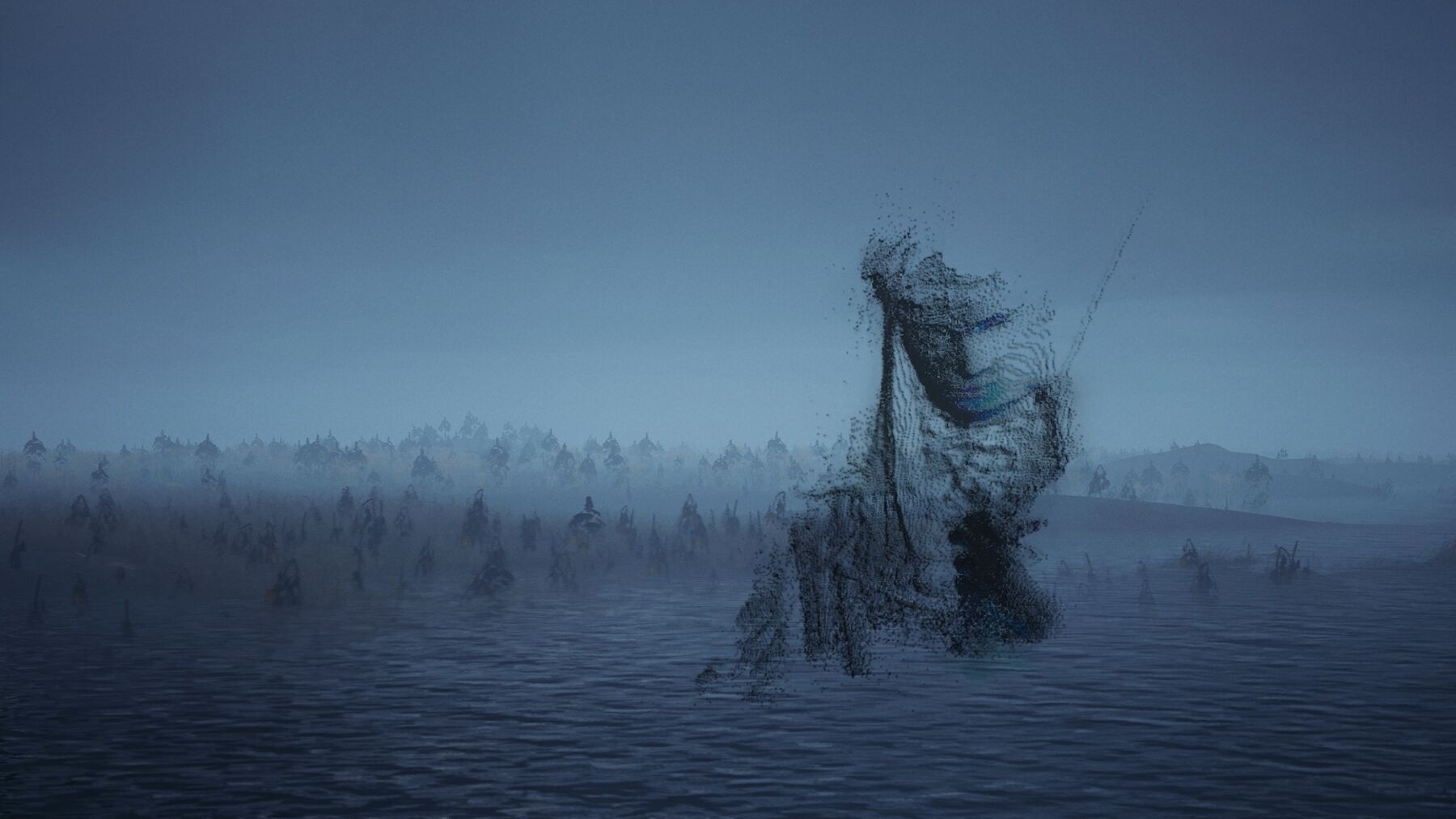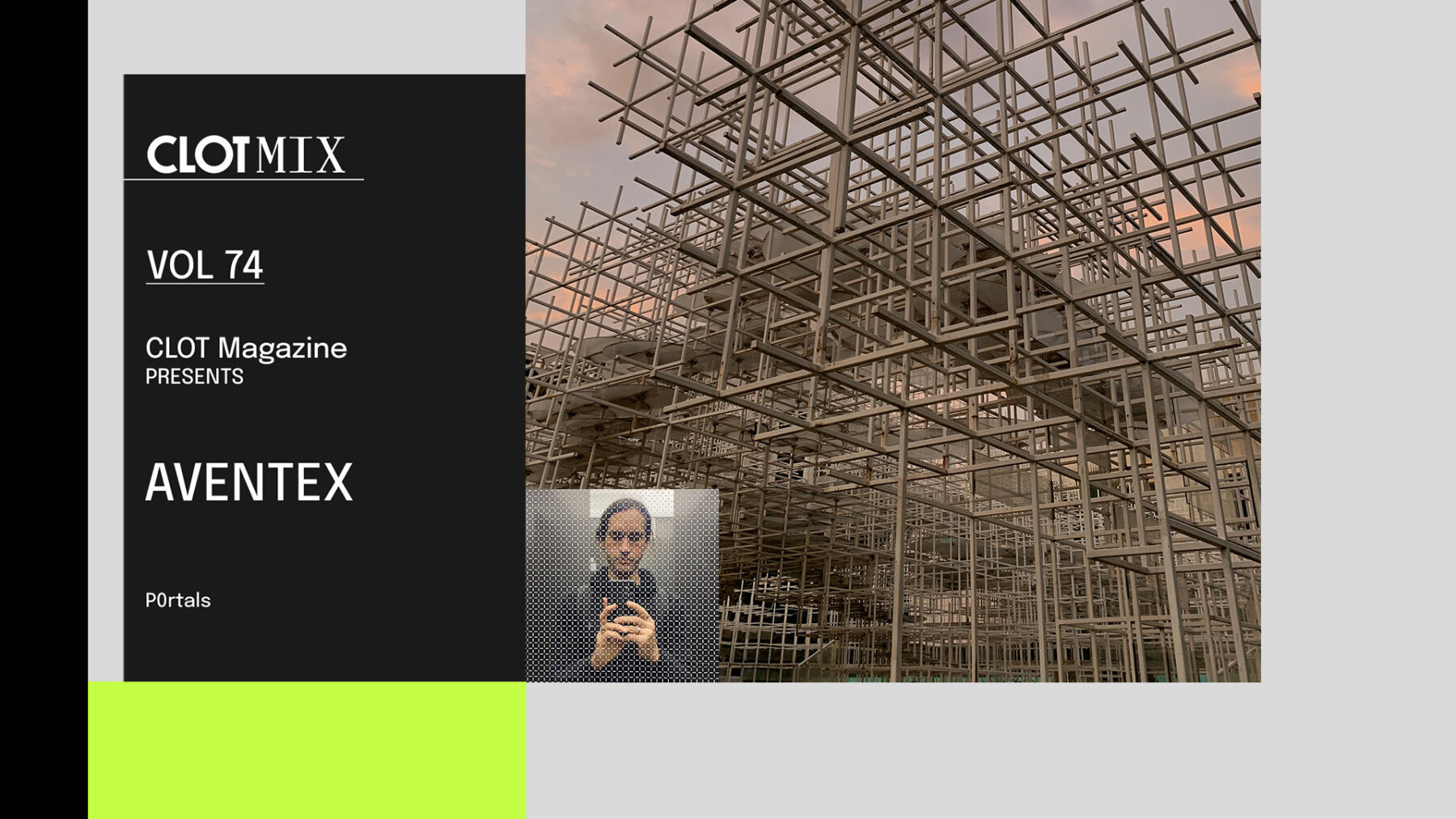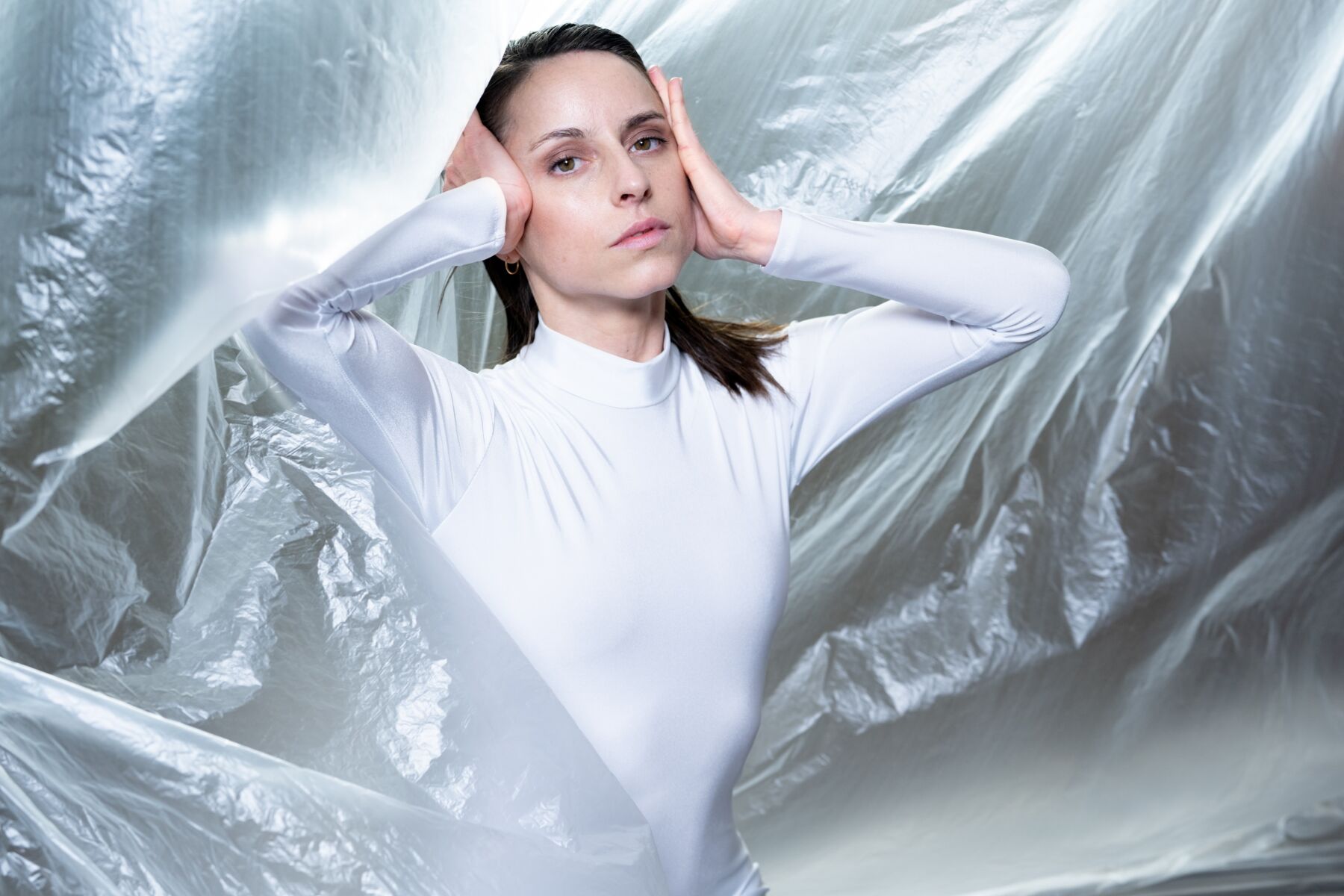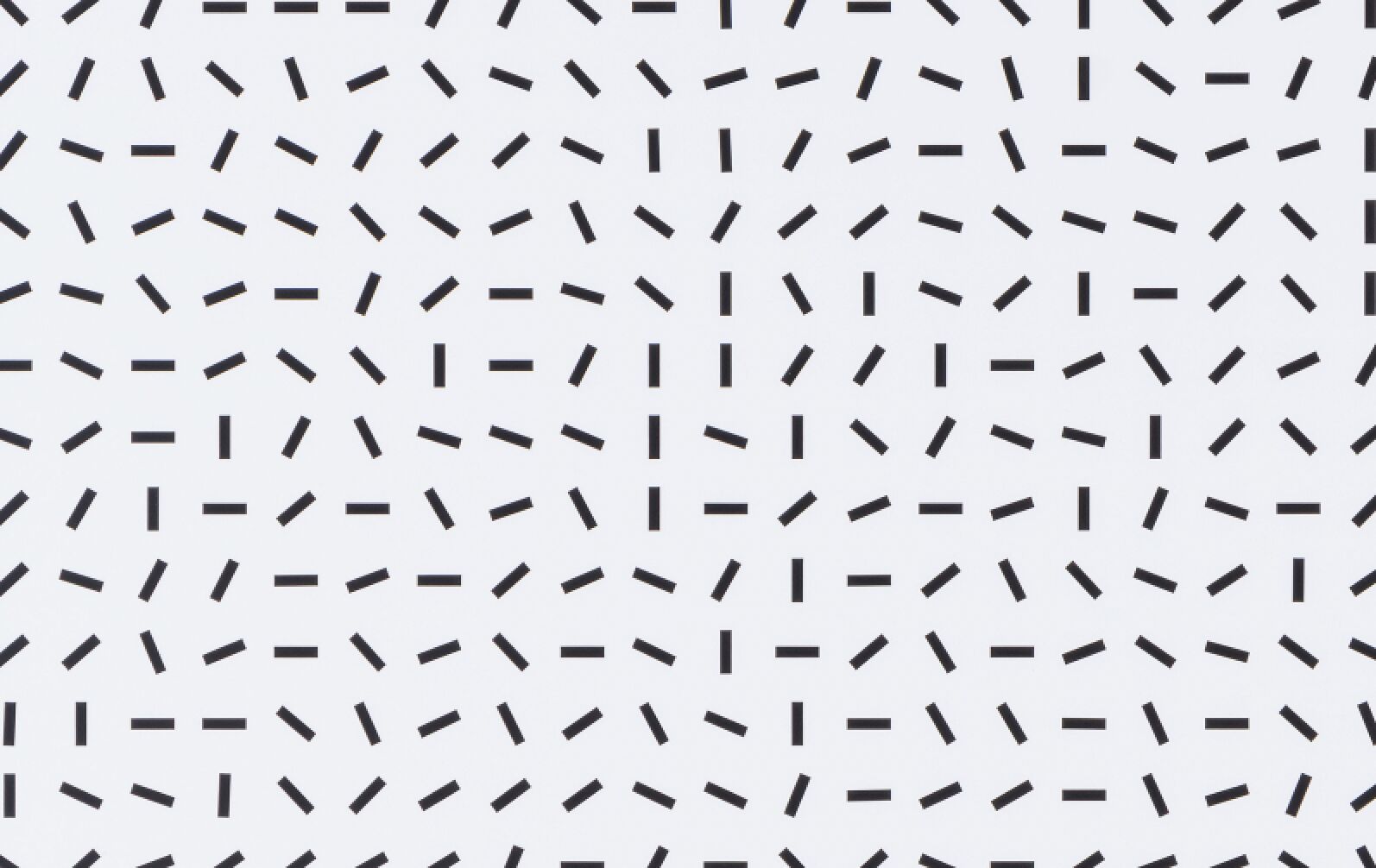Text by CLOT Magazine
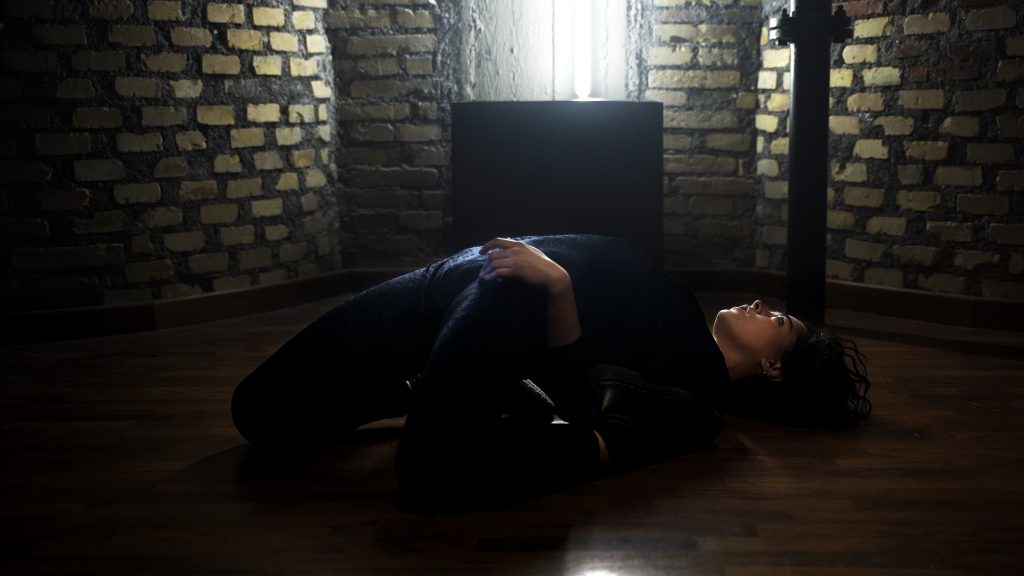
Some projects can encapsulate and radiate some artistic collaborations’ immense complexity and intricacy. Il Quadro di Troisi, the recent project by Italian electronic artists Eva Geist and Donato Dozzy and their self-titled first release, is certainly one of those.
The recent contemporary world condition pushed by the pandemic, in Italy and around the world, defined the project’s birth. A time when probably many of us have turned our heads back to our roots and what was there from the beginning, something frequently so easily overlooked while caught up in our contemporary lives.
Both Geist and Dozzy have turned to their Italian origins to produce (to our grateful surprise) a synth-pop and italo-disco-inspired record, which at the same is a colourful ode to the country’s scented vision, overflowing with details and profound intensity. The record was born from a correspondence between the two artists about the late actor and director Massimo Troisi, and this exchange soon became an inspirational source of identification.
The compositions clearly bring about a strong cinematographic presence and subtle winks to Morricone’s score compositions. When asked what they have brought to each other’s practice, they share that Geist brought the underwater world of poetry to Dozzy’s scientific approach to music, achieving a lot of communicative power to feelings and emotions.
Il Quadro di Troisi (and here is when it keeps getting interesting) was released in October last year on the quintessential German experimental label Raster, in collaboration with the Milan-based festival Terraforma. With this release, the first with a purely Italian topic at its centre, Raster aimed to celebrate its long-standing relationship with Italy and the Italian audience. And now a video for one of the album tracks, Sfere di Qi, has just been released.
We asked Geist and Dozzy about the intellectual process behind the album and, in particular, the video track inception, something we felt had lots to deepen into. The artist shared that they started off from the mutual influences of disco and new wave music from the ’80s, Italian prog music from the ’70s, and psychedelic music from the ’60s:
We journeyed through the Italian tradition, which we think had some key moments, some of which reached the international scene when research and experimentation revolutionised sounds. This probably happened because the past generation was more politicised. Also, decades of political crisis, Berlusconism and media domination have resulted in monotonous sounds and a more standardised taste among audiences.
The artists blended the Italian songwriters’ tradition and last-generation synthetic and electronic architectures in the album. They feel another important element is that this project is a joint enterprise continuously enriched by the participation of other artists with whom they share a vision.
They make the analogy to “La Smorfia”, a group of artists led by Massimo Troisi (one of the main inspirations behind this project) who strongly influenced the Italian public. The artists also cite the experiments devised by Gianni Sassi, the founder of Cramps Records, who put together personalities from different social-cultural backgrounds and gave birth to a multi-faceted, diverse world, providing inspiration.
Focusing more particularly on Sfere di Qi, the track it’s described to tells of a progressive annulment of the body, enhanced by the complex and lysergic sound patterns: The dematerialization occurs first of all in the narrative plot: the lyrics in the second section say “e sdesso con il corpo ci abbandonerai..”. Sfere di Qi is different from other tracks in that we started from the voice and lyrics, and the lyrics describe a vision occurring in a state of total relaxation of the body.
The music arrangement, paradoxically, is the transcription of this process. From a visual point of view, it can be best described as a set of Cartesian planes. A cosmic abstraction that becomes sound. The track features greater use of digital technology and, consequently, a stronger presence of trance, drum N bass, which sounds more evocative of the ’90s.
The video has been directed by 148 PRODUZIONI AUDIOVISIVE, who immediately envisaged the potential to bring out their research for this project. The team devised a narrative based on the “improper” use of the tools at their disposal, which they define as continuous research of how machines cease to work as they should, generating new aesthetic horizons.
The use of “skip edit”, a frenetic montage that simultaneously inserts different planes of observation, becomes an instrument of knowledge that breaks the continuity of the dance leading it to a further stage.
The video team also gives more insight into their process and their tools: The Lidar sensor is commonly used for mapping surveys or 3D architecture scans. In our video, we used it to scan the dancer’s body and then navigate around it, through it, and more generally in any possible way that could distort a faithful reproduction:
one day, we scanned her on the top floor of a skyscraper, and then we went down with the elevator to the first floor, so the Lidar went crazy. The result is like a long spine stretched all the way down, as seen in the video. When we went “through” the performer’s body, we saw that discontinuous surface of digital points turning into something completely out of our control.
Geist and Dozzy believe the video contrasts fluid lyrics and a fast-paced, relentless rhythm. The dance, a flowing and continuous element by nature, is torn away from the medium, then crushed and thrown into a claustrophobic space: At first, we felt somewhat uneasy and disoriented. In the incipit, the close-up frames of the protagonist instil a sense of dismay and fear but also an attraction to the mystery.
The elevator goes down, and we know a journey through darkness is about to begin. The sounds of the guitar, the synth and the baritone voices take us through just this descent. The more lysergic, digital part of the video recalls the arrangement’s more ethereal elements, like the flute, the pads and the voice instead. It’s a play of contrasts and strong dualism.
One thing that is overarching in this project is the sense of anachronism or time displacement, ancient modernity, a technology of very recent use inserted in a context of retro-futuristic shades. The artists give the video of Sfere di Qi as an example: the choice of the location, an old building shaped in rationalist architecture, contrasts with the lidar technique’s usage.
Or for instance, the dance style moves between the influence of contemporaneous Oden Teatret in the 70s and the folk tradition of “tarantismo”. The same has been done in the album, putting different styles of different ages together.

